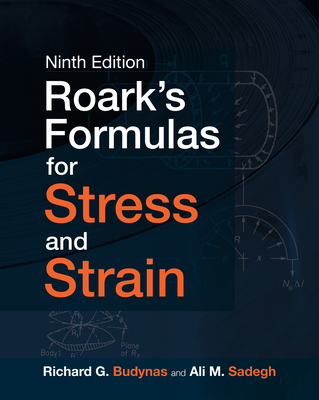Mathematical and Computational Analyses of Cracking Formation: Fracture Morphology and Its Evolution in Engineering Materials and Structures (Mathematics for Industry)
暫譯: 裂紋形成的數學與計算分析:工程材料與結構中的斷裂形態及其演變(產業數學)
Yoichi Sumi
- 出版商: Springer
- 出版日期: 2014-07-01
- 售價: $4,500
- 貴賓價: 9.5 折 $4,275
- 語言: 英文
- 頁數: 282
- 裝訂: Hardcover
- ISBN: 443154934X
- ISBN-13: 9784431549345
-
相關分類:
工程數學 Engineering-mathematics
海外代購書籍(需單獨結帳)
相關主題
商品描述
This book is about the pattern formation and the evolution of crack propagation in engineering materials and structures, bridging mathematical analyses of cracks based on singular integral equations, to computational simulation of engineering design. The first two parts of this book focus on elasticity and fracture and provide the basis for discussions on fracture morphology and its numerical simulation, which may lead to a simulation-based fracture control in engineering structures. Several design concepts are discussed for the prevention of fatigue and fracture in engineering structures, including safe-life design, fail-safe design, damage tolerant design.
After starting with basic elasticity and fracture theories in parts one and two, this book focuses on the fracture morphology that develops due to the propagation of brittle cracks or fatigue cracks.
In part three, the mathematical analysis of a curved crack is precisely described, based on the perturbation method. The stability theory of interactive cracks propagating in brittle solids may help readers to understand the formation of a fractal-like cracking patterns in brittle solids, while the stability theory of crack paths helps to identify the straight versus sharply curved or sometimes wavy crack paths observed in brittle solids.
In part four, the numerical simulation method of a system of multiple cracks is introduced by means of the finite element method, which may be used for the better implementation of fracture control in engineering structures.
This book is part of a series on “Mathematics for Industry” and will appeal to structural engineers seeking to understand the basic backgrounds of analyses, but also to mathematicians with an interest in how such mathematical solutions are evaluated in industrial applications.
商品描述(中文翻譯)
這本書探討了工程材料和結構中裂紋形成的模式及其演變,將基於奇異積分方程的裂紋數學分析與工程設計的計算模擬相結合。本書的前兩部分專注於彈性和斷裂,為討論斷裂形態及其數值模擬提供了基礎,這可能導致基於模擬的工程結構斷裂控制。書中討論了幾個設計概念,以防止工程結構中的疲勞和斷裂,包括安全壽命設計、故障安全設計和耐損傷設計。
在第一部分和第二部分開始於基本的彈性和斷裂理論後,本書專注於由脆性裂紋或疲勞裂紋的擴展所產生的斷裂形態。
在第三部分,基於擾動法,精確描述了曲裂紋的數學分析。互動裂紋在脆性固體中擴展的穩定性理論可能幫助讀者理解脆性固體中類分形裂紋模式的形成,而裂紋路徑的穩定性理論則有助於識別在脆性固體中觀察到的直線與急劇彎曲或有時波浪狀的裂紋路徑。
在第四部分,通過有限元素法介紹了多裂紋系統的數值模擬方法,這可以用於更好地實施工程結構中的斷裂控制。
這本書是“工業數學”系列的一部分,將吸引尋求了解分析基本背景的結構工程師,也會吸引對這些數學解決方案在工業應用中如何評估感興趣的數學家。































